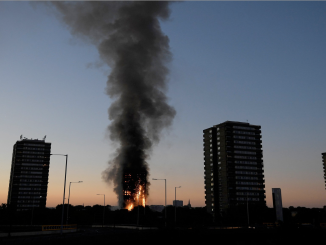
real estate speculation

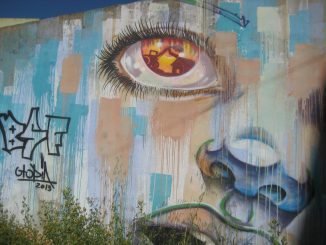
Policies of an urbicide: self-construction, destruction and protest in Lisbon
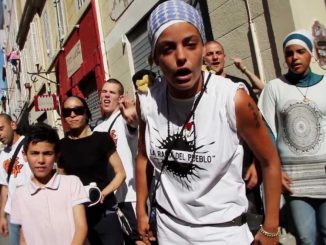
Crossing the capital of culture: summer in Marseille
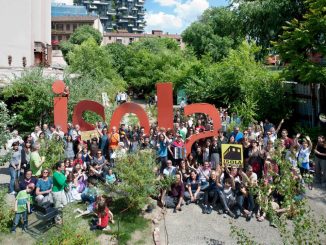
Same old story in Milan: The destruction of Isola
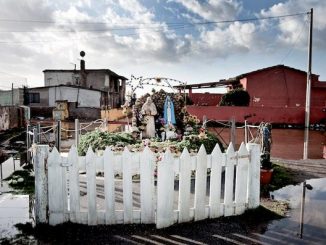
The Idroscalo, a self-grown neighborhood on the coast of Rome

City Life Vida Urbana: How evicted turn into activists
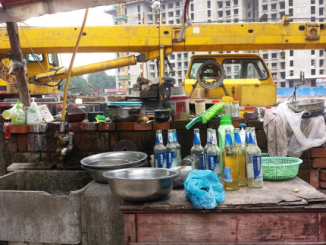
Life in the ruins of old Nanjing
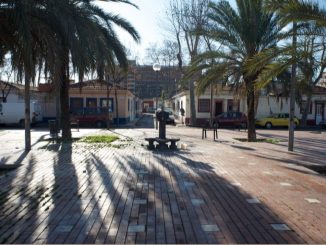
Horizontal anthropology in the margins of Barcelona
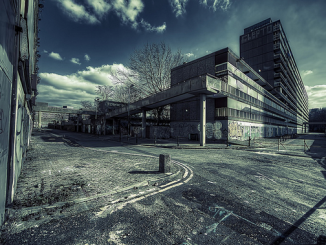
Heygate Was Home!
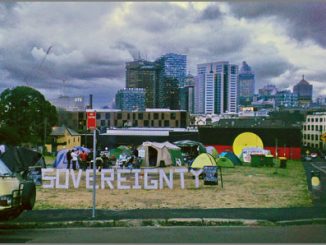
Sydney, a (post)colonial city
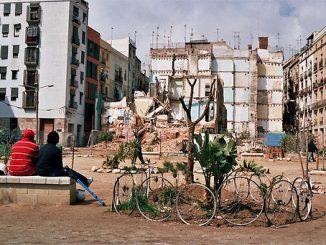
To resist is to win: 10 years in the Forat
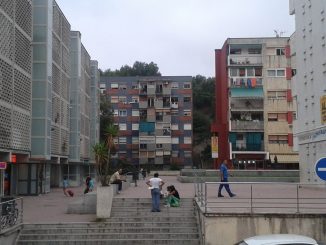
Ciudad Meridiana… exists!
The history of the neighbourhood of Ciudad Meridiana is a perfect summary of Barcelona’s urbanistic schizofrenia. Built in the Sixties on a land accounted as too damp to build a cemetery, with no transportation or services, secluded and unfit to live in, but with a strong neighbours’ movement, it has always been a problematic territory, unknown to the rest of the population: many of its inhabitants started to leave it already in the Eighties, trying to climb socially and spacially, getting over the decade in which the neighbourhood population reached its peak. Since 2001, when Catalonia and Spain were still inside the “housing market bubble”, the immigrants began arriving to Ciudad Meridiana, through mortgages the banks offered crossing the endorsements, and through other tricks that the financial capital used to “infiltrate the world of the urban poor”, as anthropologist Jaime PALOMERA writes in his essay about the neighbourhood. After the crisis began, Ciudad Meridiana was described as an eviction city, and now again for its strong neighbours and squatters movement. Recently there was an interesting debate: the City Council proposed to establish there an innovative “FabLab” related with MIT, but the neighbours reclaim that same spot for a food bank, much more useful to face the growing poverty of many families [see article here].
- Jaime PALOMERA (2013) “How did finance capital infiltrate the world of the urban poor: home ownership and social fragmentation”, International Journal of Urban and Regional Research [download pdf – article on Wiley]
- Photoreportage in Diagonal: “Infiernos y solidaridades en Ciudad Meridiana“
- Ciudad Meridiana PHOTO ALBUM by José Mansilla, 2013 (and one 1966 photo).
- Some more references: La Directa “Resistance in Eviction City” :: Lavanguardia.com “To invent or to eat?” :: elperiodico.com “Rice, oil and milk… or research and development?” :: Elpais.com “Ciudad desahucio” (eviction city), 20minutos “Villa desahucio” , Abc.com “Three evicted families establish in the squatted building”
- Links: Associació de Veins de Ciutat Meridiana :: Associació 500×20 Prou Especulacio :: Some questions to Associació 500×20 [in PDF]

The protector of Phnom Penh

Homegrown cities: THIS is sustainable development!
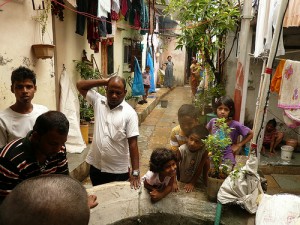 The activists of URBZ collective (of which we wrote in a previous post) are promoting a crowdfunding campaign to develop a plot of land in the neighbourhood of Bhandup in the northwestern suburbs of Mumbai. Their intention is to build there an affordable house, compatible with local construction styles: “homegrown“, and produced in collaboration with local constructors. The house will be sold at reasonable conditions to residents, thus providing the funds for a new project. The idea is to contribute to develop better life conditions for the residents of the so-called “slums”, without depending on international aid or having to rely on NGOs. This homegrown development works against the logic of the big eviction and relocation projects promoted by the state: as happened too often, these top-down projects end up eradicating the population and forcing them into vertical housing blocks, which represent the degree zero of architectural, urban and social thinking, and have been responsible for countless man-made urban disasters in poor and rich countries alike.
The activists of URBZ collective (of which we wrote in a previous post) are promoting a crowdfunding campaign to develop a plot of land in the neighbourhood of Bhandup in the northwestern suburbs of Mumbai. Their intention is to build there an affordable house, compatible with local construction styles: “homegrown“, and produced in collaboration with local constructors. The house will be sold at reasonable conditions to residents, thus providing the funds for a new project. The idea is to contribute to develop better life conditions for the residents of the so-called “slums”, without depending on international aid or having to rely on NGOs. This homegrown development works against the logic of the big eviction and relocation projects promoted by the state: as happened too often, these top-down projects end up eradicating the population and forcing them into vertical housing blocks, which represent the degree zero of architectural, urban and social thinking, and have been responsible for countless man-made urban disasters in poor and rich countries alike.
- Homegrown cities project en Urbz.net
- Join Homegrown cities crowdfunding on indiegogo
- Airoots/Eirut, Matias Echanove and Raoul Srivastava‘s blog
- Interview with Amar Mirjankar, a local contractor the activists are working with [video].
- Documentación sobre la forma local de construir viviendas baratas: video, y artículo “The 2,5 lakh rupee house” en Urbz.net

A photographic and critical “gentrificatour” in Madrid’s Malasaña neighborhood
On february 9th, 2013, Todo por la praxis (TXP), a group from Madrid, organized the first of its programmed critic and photographic walks focused in the process of gentrification which is happening in Madrid’s city centre, specifically in the historic neighborhoods of Malasaña y Chueca. An enterprise of real estate developers, in need for new investments in an era of financial cuts and economic contraction, with support from the City Council, promoted a “programmed gentrification” of the area, which has been renamed Triángulo Ballesta (TriBall). The new triBall brand inspires from NYC’s business zones like SoHo and Tribeca, in an attempt to replace and erase the identity of this popular area of the city. “Gentrificatour intends to generate an archive of pictures of posters, labels and luminous of the commercial and productive activities that existed in the neighborhood before their replacement. […] The intention is to build a time-capsule that will allow us to evaluate the effects of a process of gentrification, and, in this way, to make them more visible” we read in TXP’s website. Victoria Herranz, photographer and anthropologist from Madrid, part of the group, explains: “Does Malasaña exist? Maybe; or maybe it exists in a different way. […] The line that divides the rehabilitation of a neighborhood from its destruction is too thin. When a process of rehabilitation limits the options of the neighbors to the point in which families have to leave the neighborhood, maybe something is going wrong”.
- Todo por la Praxis – webpage
- Anti-triball: critique, actions, reflections, images of the campaign organized by Agip-Pro collective from Patio Maravillas social center in Madrid. [WEBPAGE]
- “Gentrificatourtriball” on Paisaje transversal: negociación urbana para la transformación colectiva blog.
- Photo gallery: images taken during the last Gentrificatourtriball